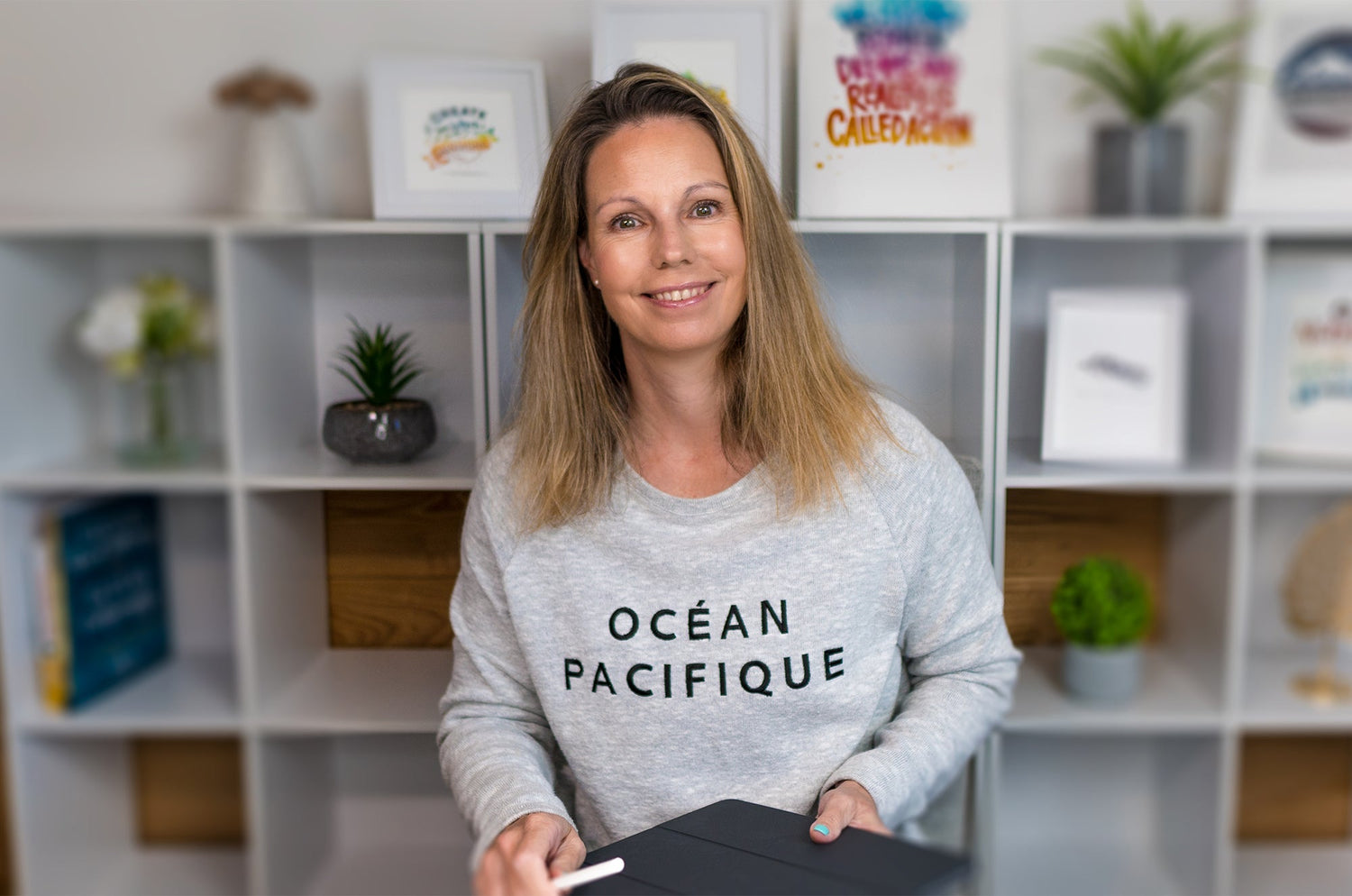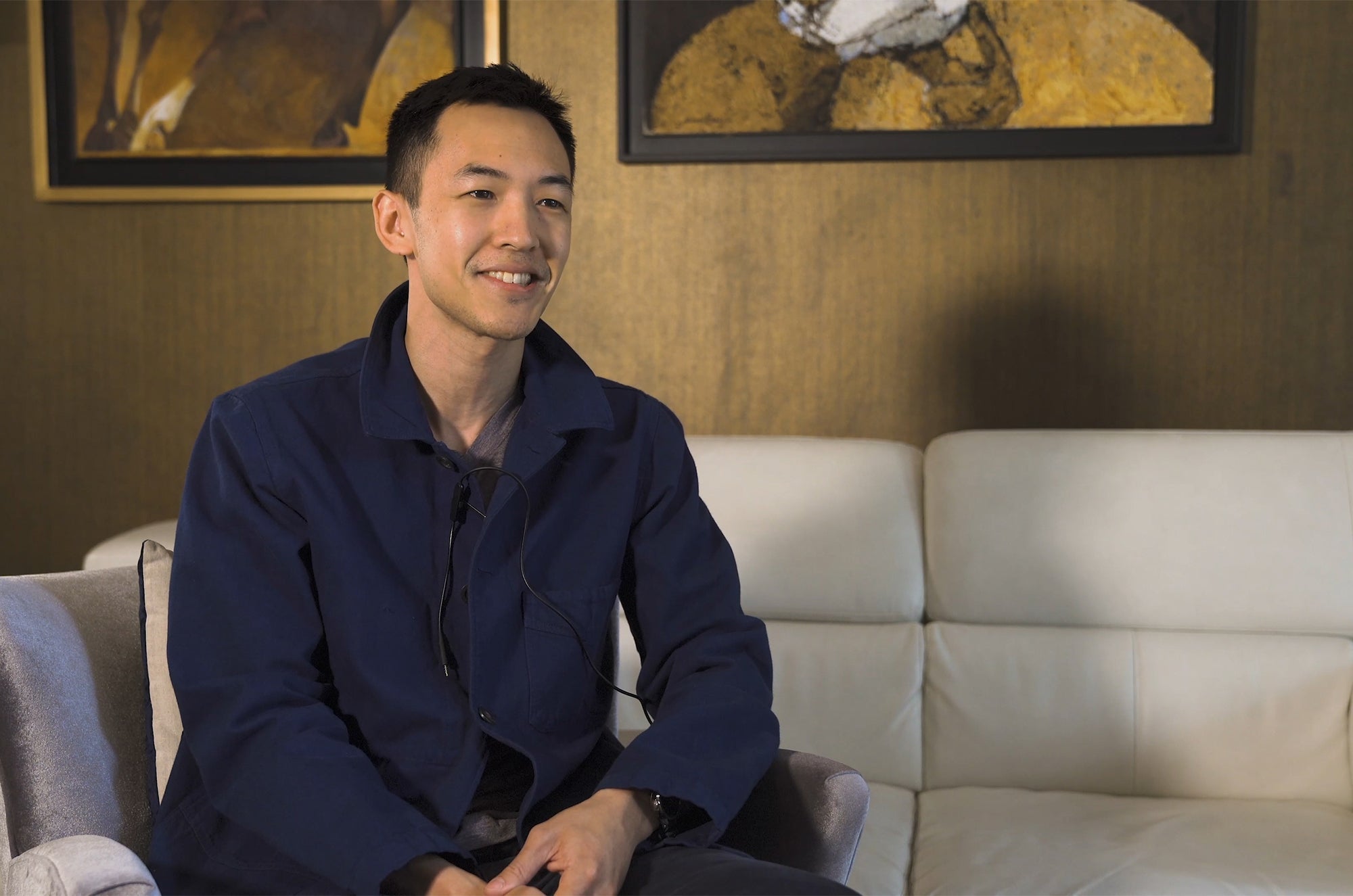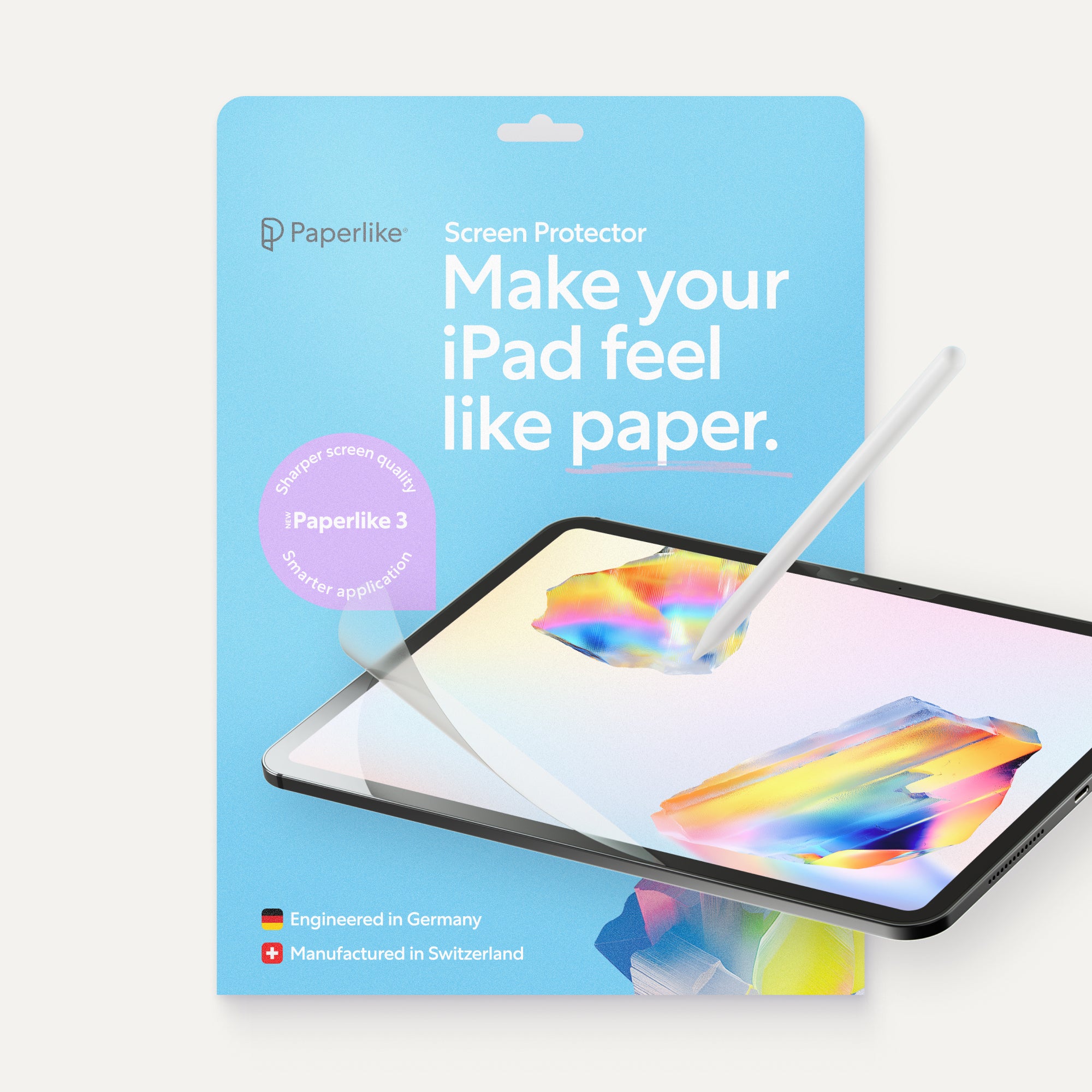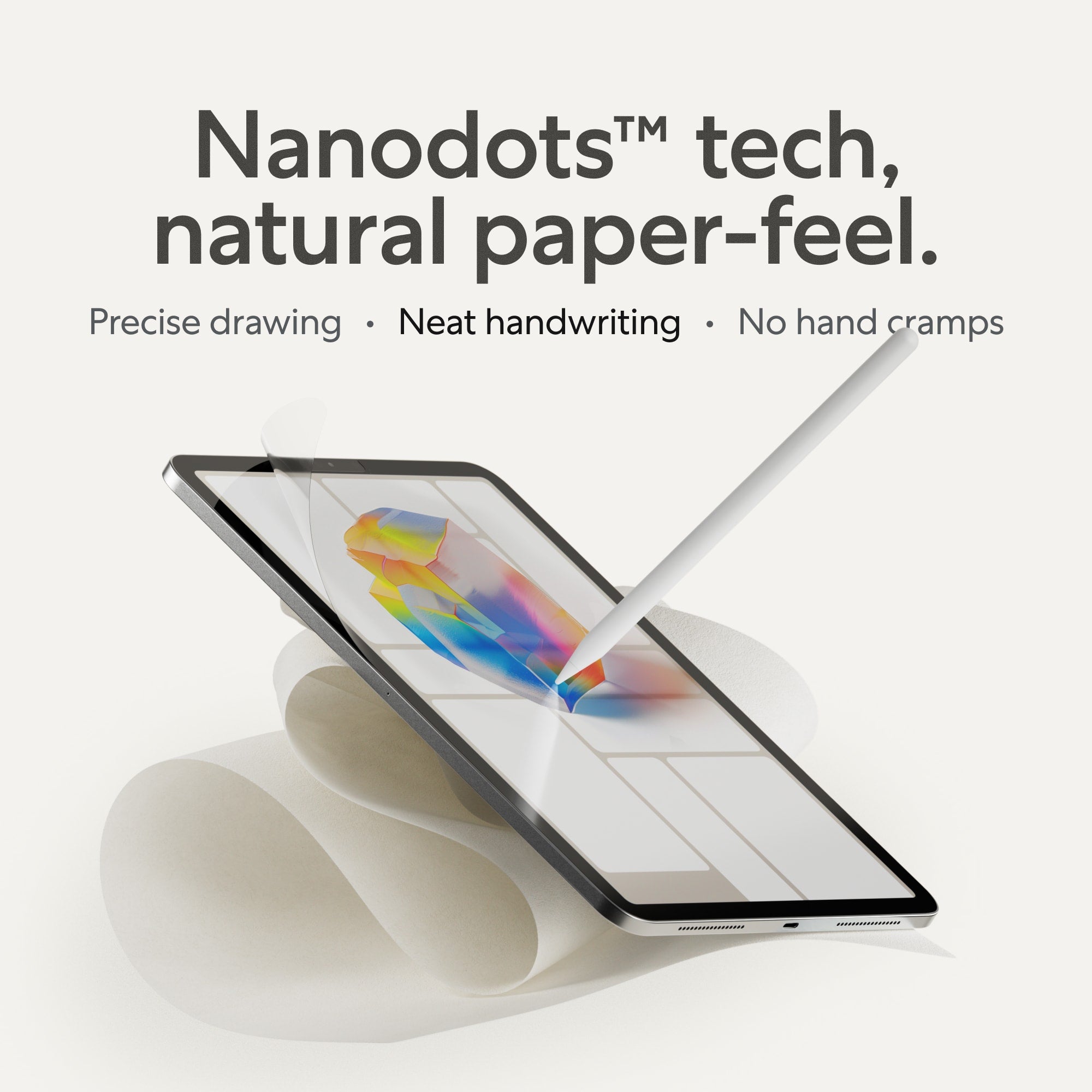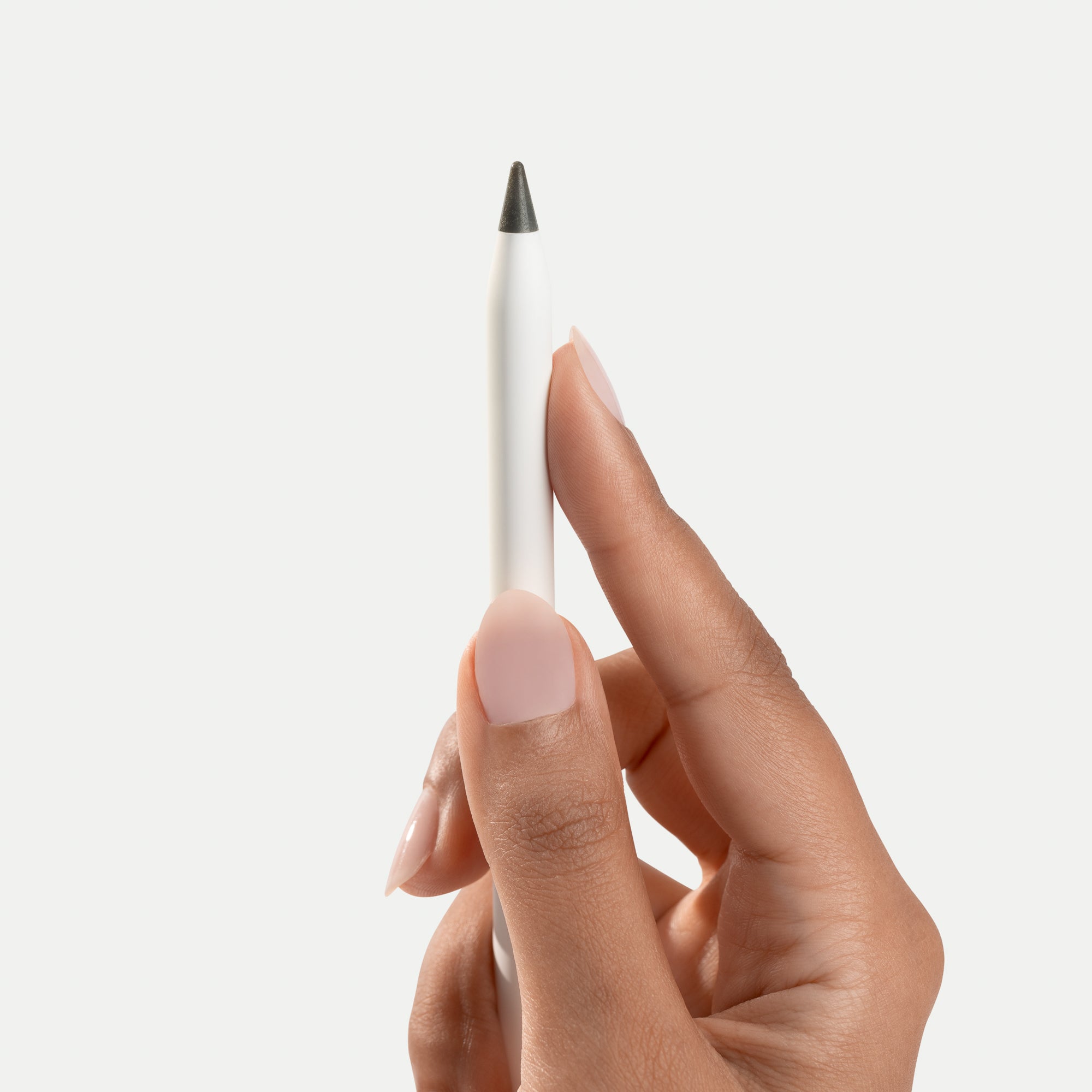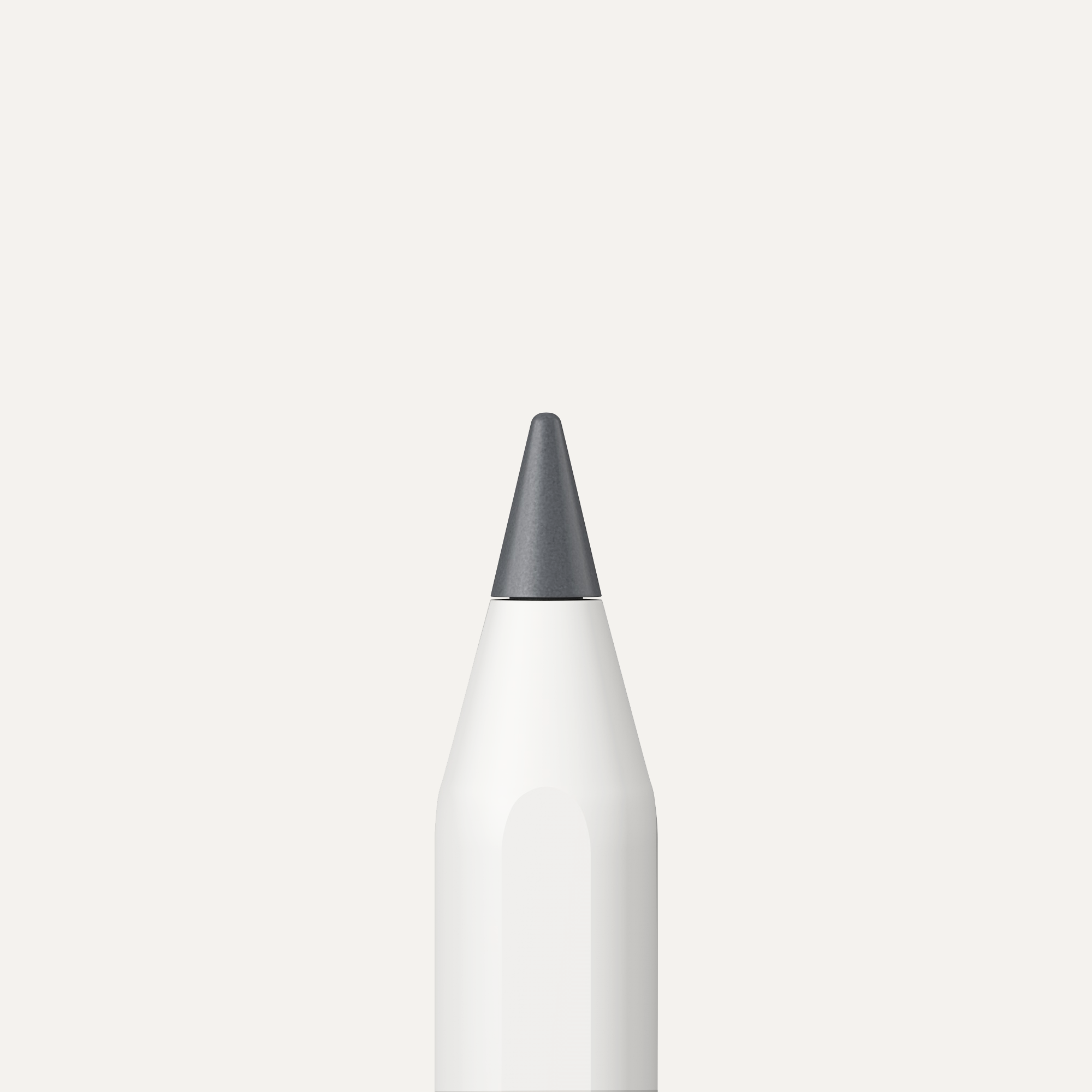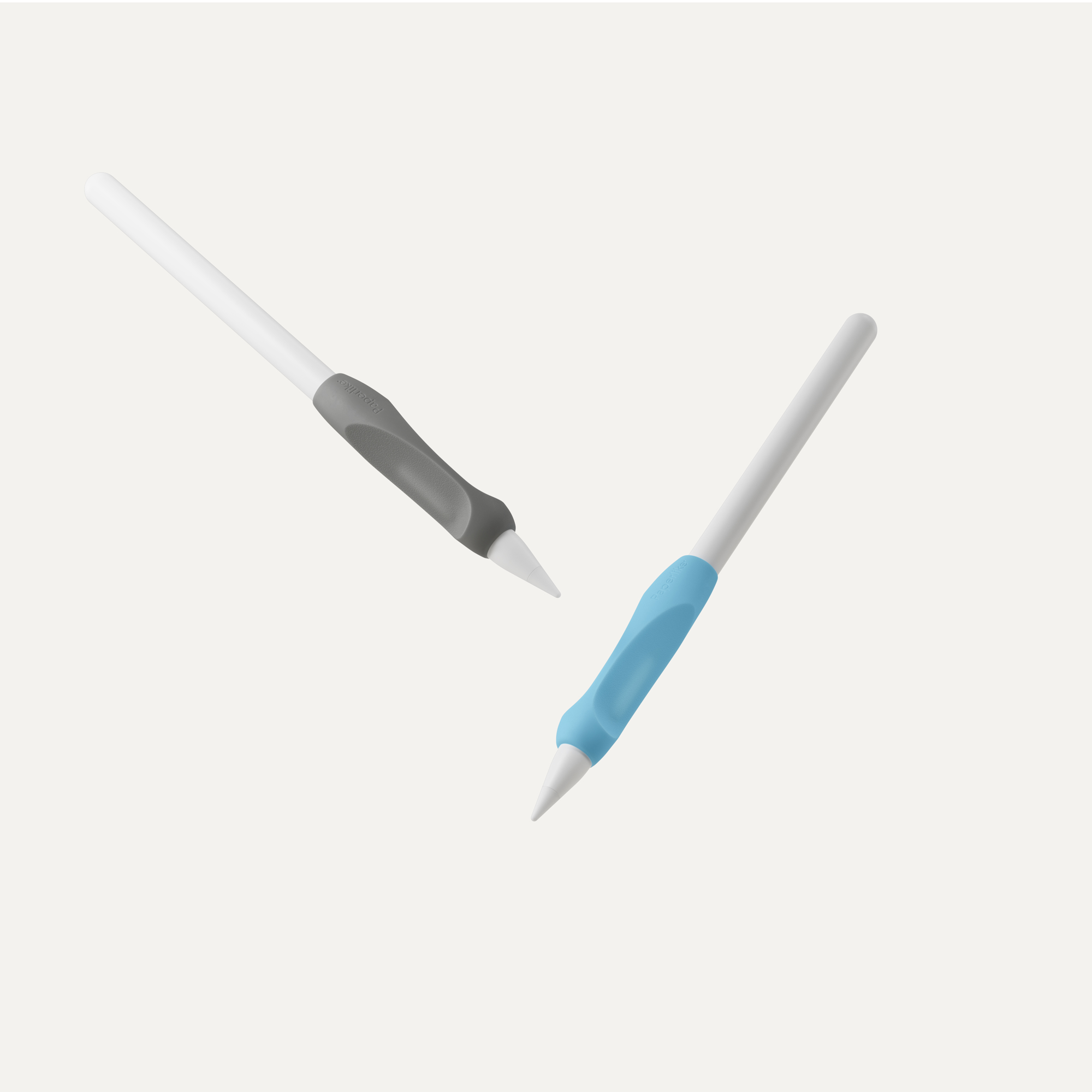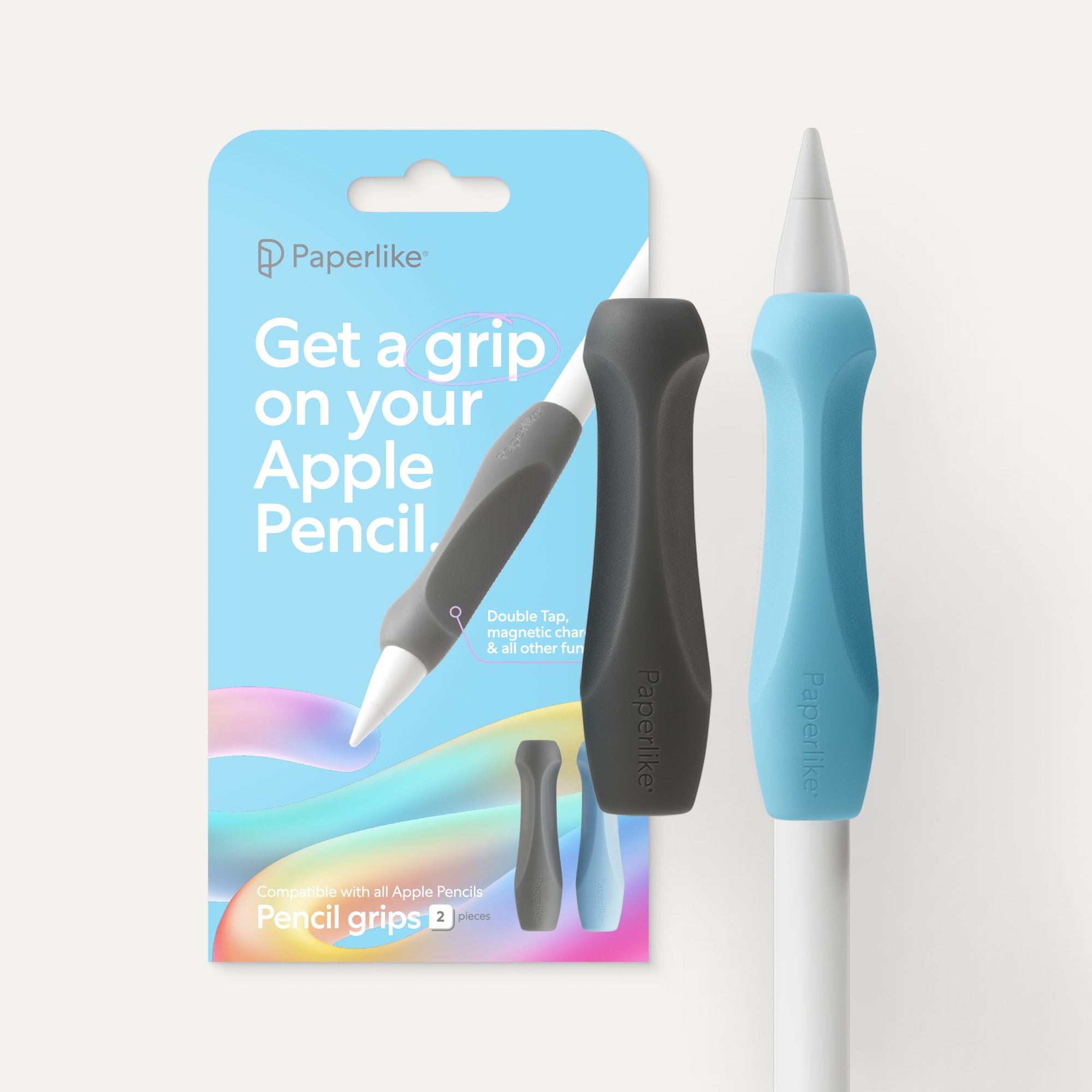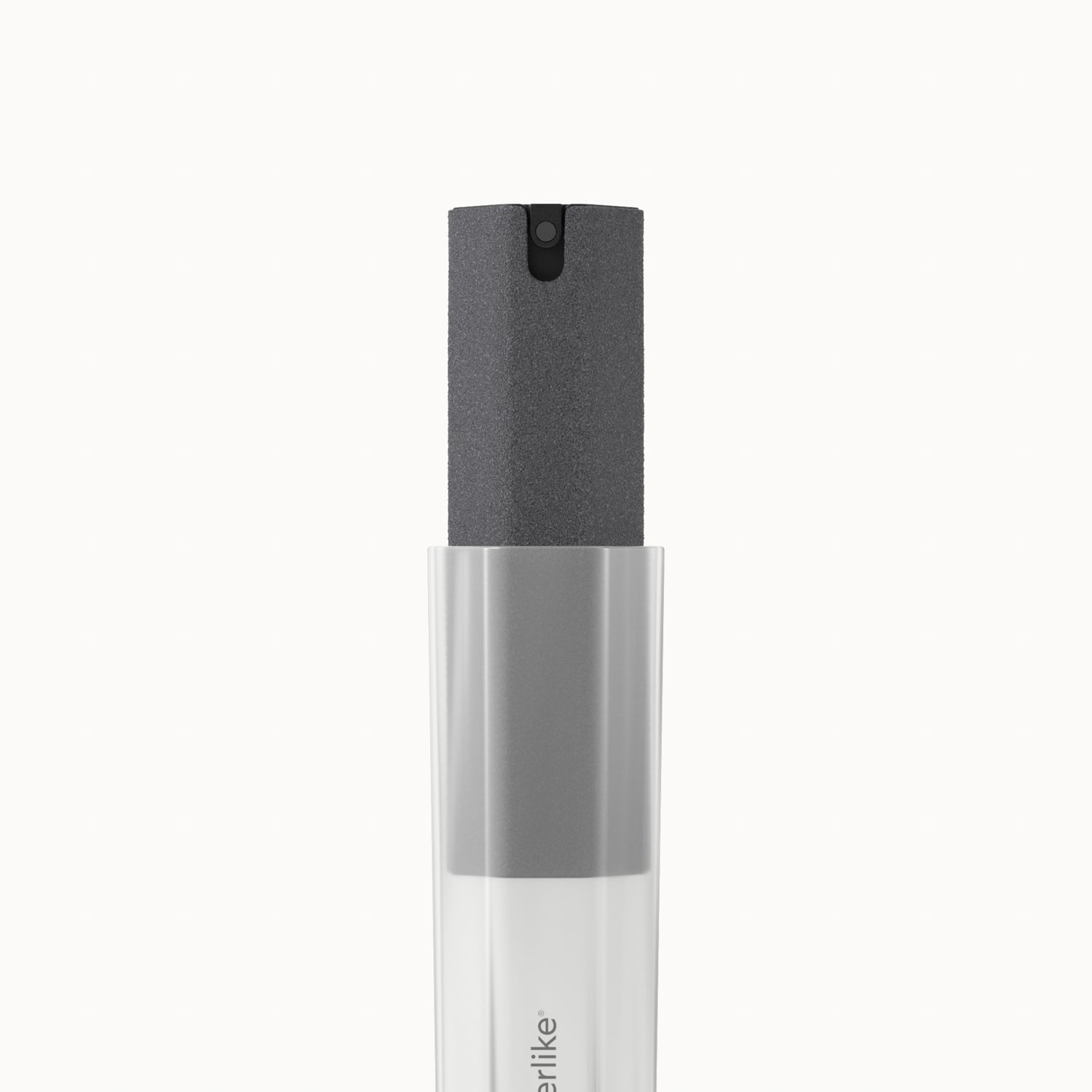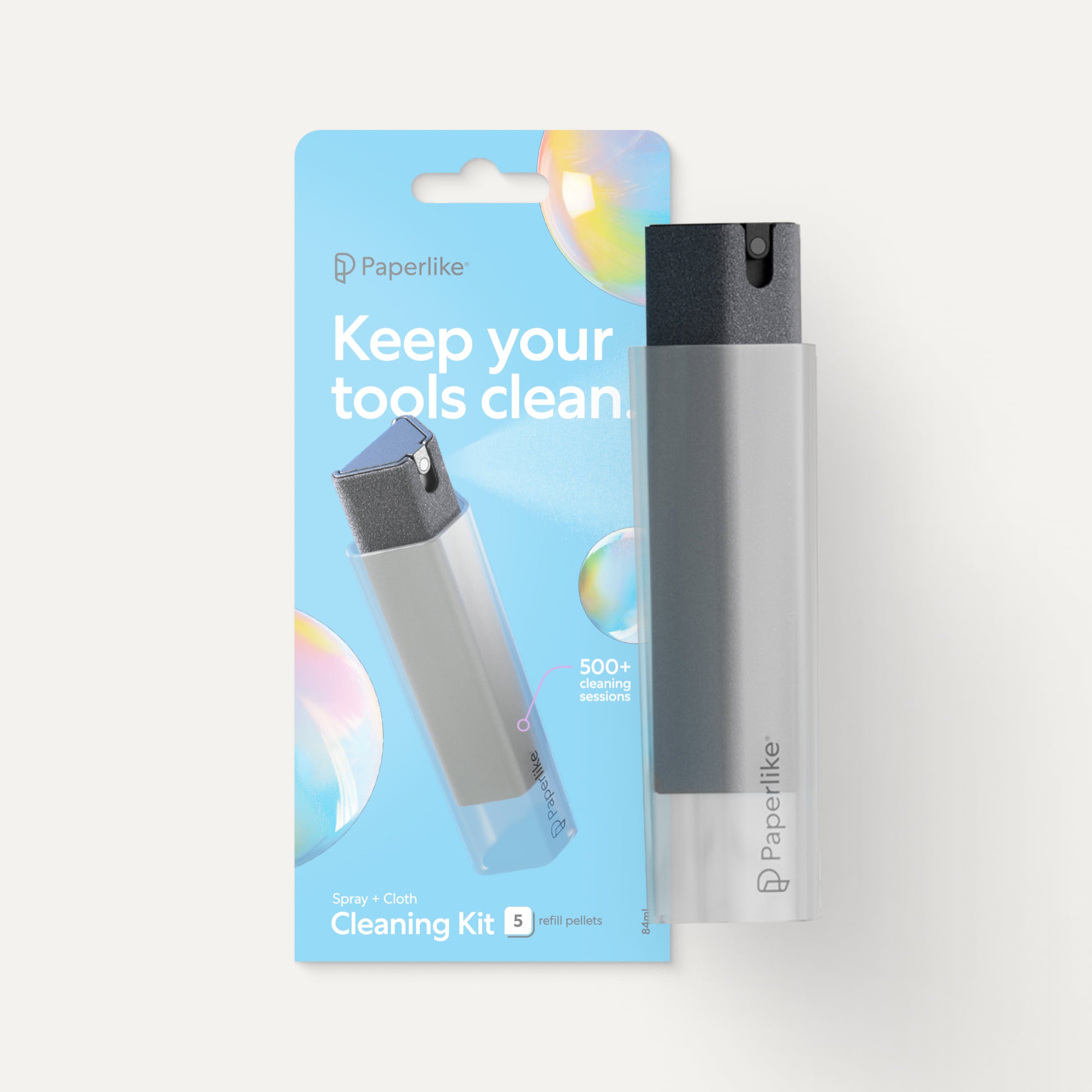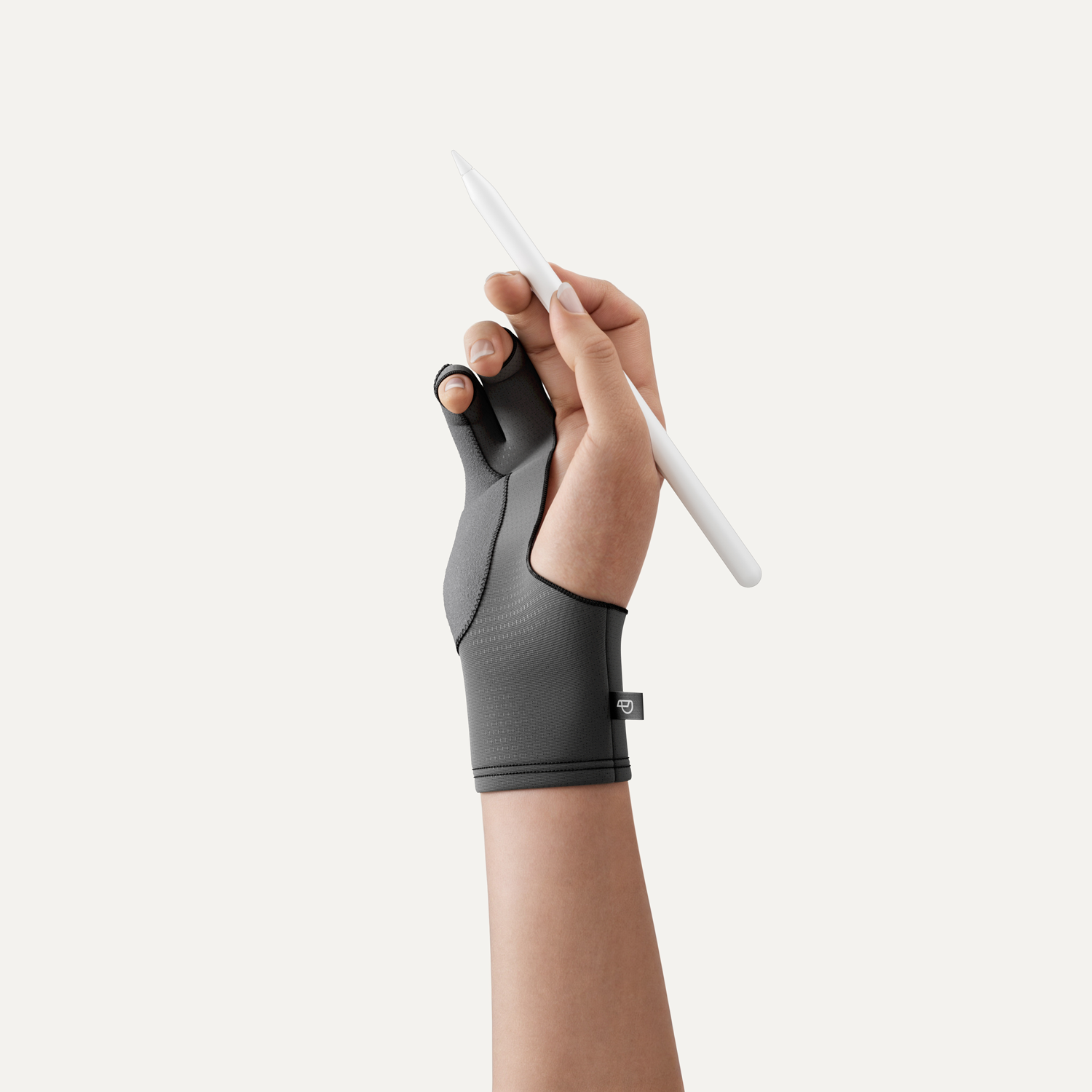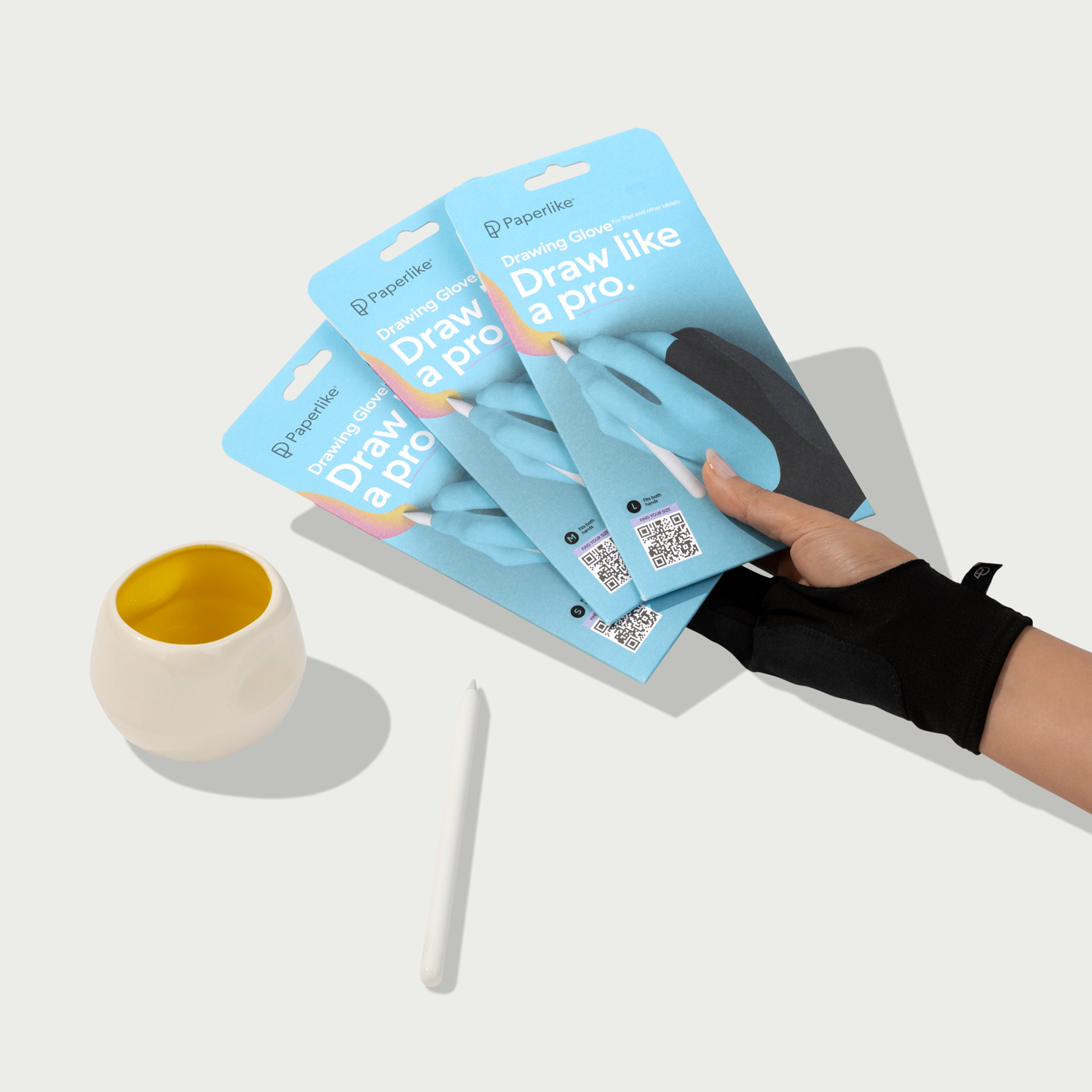We’ve spoken with lettering artist Karin Newport (@ipadlettering) before on our blog about her journey to create beautiful hand lettering.
Though trained as both an IT developer and a graphic designer, Karin isn’t a full-time digital artist. Instead, she’s a software developer by trade. In the evenings, she educates over 300,000 social media followers on hand lettering techniques. It’s a delicate balance and one that took several years to perfect, but Karin says she’s happy with where things currently stand.
Today, we’re going to take a closer look at Karin’s typographical prowess, how she approaches her own lettering projects, and how she teaches others to create high-quality, beautiful lettering.

It all comes down to practice
Last time we spoke with Karin, she told us in detail how she clashed with other interpretations of creative art.
“Back at school, you got graded for your art. I got discouraged because I thought I had to fit into this mold of how to create art or what it was,” she explained.
All of that changed after she left school behind. Without the rigid structure and judgment that Karin found in Swiss culture, her art took on a life of its own.
“I never thought I had that mind or that talent,” Karin said. “I realized later of course that it’s all practice. You have to keep doing it and that’s what makes all the difference. But nobody told me that growing up. You’re either good at it or you’re not. It’s a very Swiss way of thinking.”
For Karin, this rang especially true when her husband — an obsessive note-taker — got an iPad Pro and an Apple Pencil.
“He thought it would be great for his work,” she said, “but I ended up unboxing his iPad and I took up the Apple Pencil and tried it out and I was like, ‘Whoa! This is amazing!’”
Though she had always admired lettering in the past, the ability to practice letterforms and develop her own unique lettering style in a digital space gave Karin everything she needed to put her personal stamp on an art form she had always admired.
But, at the end of the day, Karin emphasizes that it all comes down to practice.
“People write me all the time and ask how they can improve,” she said. “They say, ‘My art doesn’t look anything like yours,’ but they don’t realize that I’ve been practicing every single day for four years.”
That’s why Karin eventually developed practice sheets, a YouTube channel, and a lettering course alongside Amanda Arneill (@amandaarneill) to help beginners get a leg up on the hand lettering process.
But while the lettering basics can help letterers prepare for the artistic process, getting an idea out on paper is another matter entirely.

Finding inspiration
When it comes to finding inspiration for her custom lettering projects, Karin says that it’s not a process that is easy to define.
For Karin, lettering is a creative side business. She rarely takes on client-related projects, preferring to teach others how to letter rather than taking commissions. For Karin, who finds lettering and digital art relaxing, the idea of dealing with pressure from anxious clients isn’t what she wants after a long day in the office.
That also means that, like most letterers, she isn’t being forced to produce content that isn’t hers or that she doesn’t enjoy.
“It’s not like I’m sitting down and thinking, ‘Okay, I have to make something’”, she said.
But her process isn’t always the same. Sometimes, she spots a quote or hears a turn of phrase that catches her attention. It can come from anywhere — billboards, book covers, nature walks, or a Pinterest research session.
Karin says that, typically, her source of inspiration is an outside resource. She doesn’t have to sit down and dream up incredible concepts from scratch — and she’s not under pressure in the way that a full-time professional might be. This gives her the luxury to search for inspiration and apply her skill as a hand lettering artist when she’s ready to transform inspiration to art.

Drafting and creation in a digital workspace
Unlike other hand lettering artists that we’ve spoken with, Karin’s workflow is almost entirely digital.
She doesn’t need to find watercolor paper or a brush pen in order to get started. Instead, she has everything she needs as soon as she picks up her iPad Pro and her Apple Pencil. When she’s ready, she opens up the Procreate app and gets started.
“Some people draw a bunch of different thumbnails,” she said, “but I don’t really do that.”
Instead, Karin works off of one Procreate sketch, starting with a sketching brush and focusing on the details until she gets them right. Then she switches to a different brush and continues to refine the piece.
Karin explains: “What’s really nice about using Procreate is that you can use different brushes to create a different look. But that’s after the sketching.”
One of the key differences between Karin’s lettering style and that of other designers and calligraphers is that Karin writes the letters into the Procreate app by hand. This is different from more traditional methods, where an artist might use tracing paper or a lightbox to transfer a sketch design onto a fresh page. It’s also possible to do this in Procreate by creating a new layer and simply lowering the opacity.
But Karin doesn’t do any of that. Most of the time, she puts her Apple Pencil on the iPad screen and hand draws the lettering onto the page all at once.
This gives her artwork a unique flair because the outcome isn’t always the same. While she might follow the rules of basic design, she’s not working with a typeface or the precision that a type designer might strive for. The crosses on her T’s, the tittles (trust us, this is the correct spelling) above her I’s, and the serifs on her lettering all carry a sense of nuance and ingenuity that are impossible to replicate.
The digital format also gives Karin the flexibility to change things up more easily. Procreate allows users to swap lettering brushes in the same way that a traditional calligrapher might swap pen nibs. Karin can try different brush lettering styles until she finds one she likes — even if it takes a few tries.
“Sometimes, it’s almost like having a bad hair day — having a bad lettering day,” she said. “Then you change the brush and it works.”
When she’s finished, Karin posts most of her work to Instagram. On occasion, she’ll print a card or a physical piece of art for a friend, but most of her work starts digital and stays that way.
Overall, Karin’s process is pretty quick — usually somewhere between three and four hours. That, Karin says, is a necessity because she only has a limited amount of time to be creative and share her artwork with her fans.

Beyond calligraphy: Brush creation
For Karin, the journey doesn’t stop at typographic art. She also spends a fair amount of time creating brushes that both she and her followers will enjoy.
Unlike her artistic process, Karin says that brush creation always starts in the physical realm. Typically, Karin uses watercolor paper to paint random shapes onto the page until she’s satisfied with the results. From there, she takes photos of the brush strokes, imports them to a digital format, and separates the texture from the background.
This process can take some time, but Karin is quick to point out that she doesn’t make brushes “just because”. Instead, she makes brushes that her fans have asked for and want to use.
“I want to make brushes that people find useful,” she said, “but the reason why I make them is because I want them myself.”
While it’s true that some hand letterers have mass-produced brushes in order to turn a profit, it’s not a philosophy that Karin follows. In her words, “It’s art, not a factory.”
When possible, Karin likes to create and release brush sets that have a similar theme. Because of this, some collections can take a long time to produce — even up to a year in the case of her popular dessert brush set.

Talking and teaching digital hand lettering
While there are a ton of great lettering artists out there, Karin remains unique as a digital letterer. What’s more: She’s never been shy about her own creative process and has a passion for teaching others how to create beautiful lettering of their own.
Her YouTube channel is a great resource designed to help people get more creative with lettering and use that creativity to organize their lives.
Karin features practice sheets, templates, fonts, and freebies on her website. She’s also partnered with Amanda Arneill to create an iPad Bootcamp and the Ultimate Guide to Procreate 5, where she shows for the first time how to create custom brushes.
Whether you’re looking to break into lettering as a newbie or you want to take your typography skills to a new level, Karin’s resources can help you hit the ground running.


